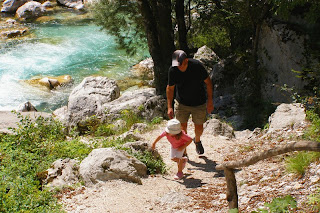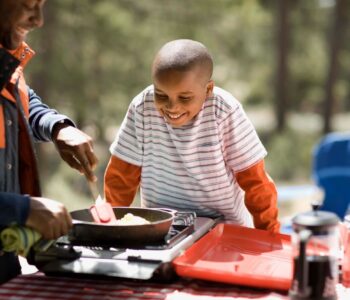 Hiking
Hiking
Hiking with Kids: What to Pack?
* This is the second in a series of posts about hiking with children. See the first “Where to Go” here.
So, you decided on a place to take your children hiking. The next question inevitably is “what to pack?” It might seem like a daunting task, but the key is to keep it simple. There are basic necessities you will need to bring along no matter the place or the distance. If you keep a list, you will always remember the basics and can add to them depending on where you are going and how long you will be gone.
Here is a list of the basics:
1) Map, compass and or GPS (purists would ditch the GPS).
2) Food – you will need a few snacks along the way. Make sure they are healthy and have protein and carbs. The classic GORP (good old raisins and peanuts) is always a favorite with my family. You can use dried fruit, soybeans, chocolate chips, seeds, granola or whatever your imagination conjures up that day.
3) Drink – water is best!
4) Sunblock
5) Hat, visor or sunglasses
6) Some extra clothes such as a sweat shirt, etc. if you will be gone a while. It is also wise to dress in layers if it is cool.
7) Basic first aid items/kit
8) Most importantly wear the correct shoes! A pair with sturdy soles that cover the entire foot such as sneakers or trail shoes are best. If you will be climbing rugged surfaces, hiking boots are a necessity (and make sure they fit properly).
Encourage your kids to carry their own stuff in a backpack if they are old enough. This will allow them to have control over when they need something from it. There is nothing more annoying for a kid (and the parent) then to have to constantly ask mom and dad for something. Plus, you can encourage them to pack a few items of their own to make the hike more interesting such as a collection bag, camera or magnifying glass. However, it would be wise to limit these items so you don’t end up carrying the bag if it gets to heavy for the child.
And there you have it! Now you have the quintessential list for summer hiking fun and just in time to take advantage National Park Service’s next fee-free weekend! The next one is scheduled for August 15-16, 2015. The Park Service is offering access to over 100 national parks that normally charge a fee. What a wonderful way for your kids to learn and appreciate the natural landscape of out country. It’s also a great way to have memorable family fun and save some money at the same time.
So now you know where you are going and you have your check list of what to pack. Now you just need some ideas on how to handle the inevitable ” I’m bored, when will we be done, etc.” comments. My next post will include some fun activities and tips on how you can keep kids motivated during the hike.



